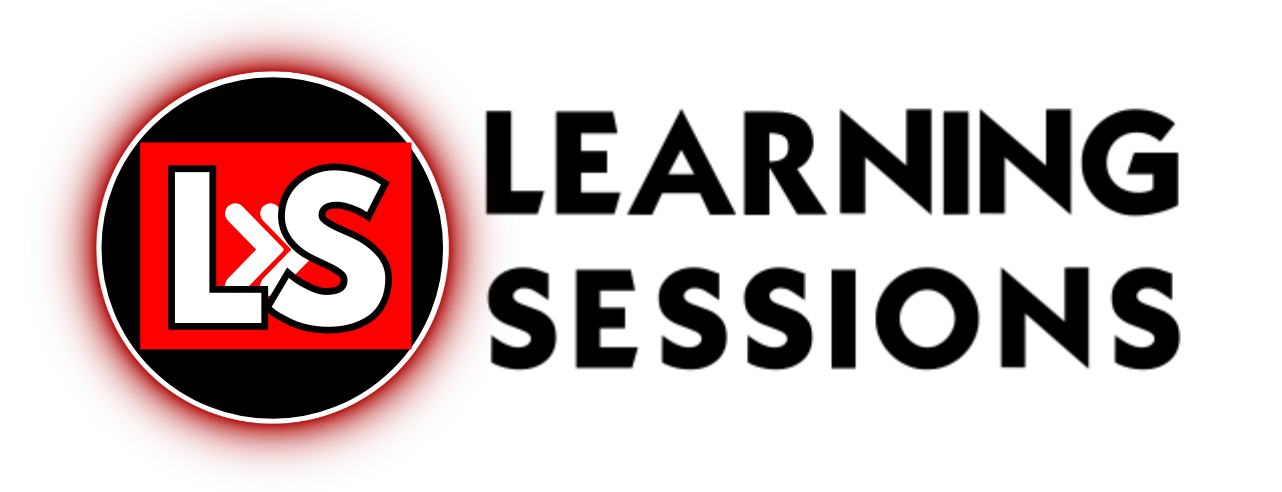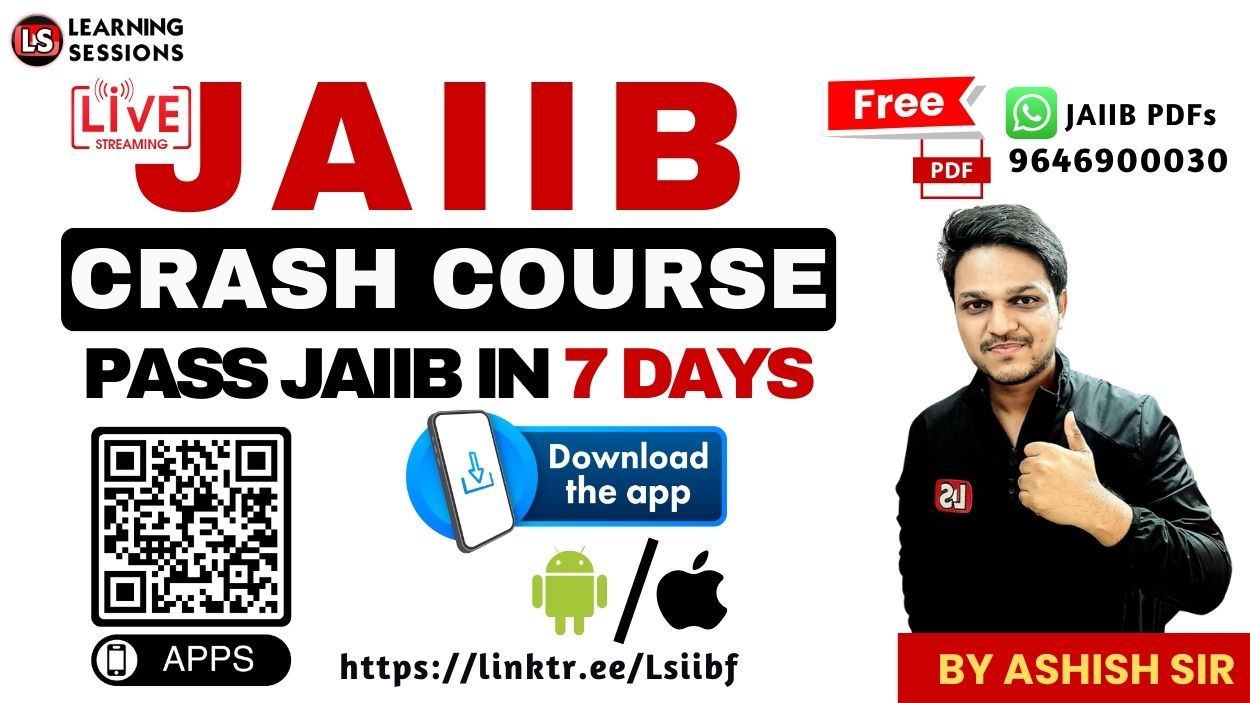Have you ever wondered why some people stay motivated while others lose interest quickly? Or why two employees performing the same job feel differently about their work?
📚 CAIIB Study Resources 📚
👉 Check Here
👉 Check Here
👉 Check Here
👉 Get Tests Here
👉 Check Here
👉 Click Here
👉 Click Here
Who is this for?
- Bankers preparing for CAIIB & JAIIB exams
- Managers and leaders who want to boost team performance
- Students & professionals curious about human motivation
This isn’t just theory—it’s practical knowledge you can apply immediately! So, grab your notepad, hit the like button, and let’s dive into the fascinating world of motivation! 💡
👉 Before we dive in, watch this video for a complete breakdown:
Breaking Down Motivation Theories: A Step-by-Step Guide
📌 00:00 – Welcome & Introduction to Motivation Theories
Quick overview of the video and its importance in CAIIB/JAIIB exams.
📌 00:01:14 – Vroom’s Expectancy Theory (Path-Goal Theory)
Developed by Victor H. Vroom, this theory explains why we choose to behave in certain ways based on expectations of rewards and outcomes.
Expectancy Theory states that motivation depends on three factors:
- Expectancy – Belief that effort leads to performance.
- Instrumentality – Belief that performance leads to rewards.
- Valence – Value of the rewards to the individual.
For example, if an employee believes that working hard will lead to a promotion, and they highly value that promotion, they will be motivated to work hard.
📌 00:05:18 – Adams’ Equity Theory
Ever felt unfairly treated at work? James Stacey Adams introduced the Equity Theory, which states that people compare their inputs (effort, time) and outputs (salary, recognition) to others.
Key aspects of Equity Theory:
- When employees perceive fairness, they stay motivated.
- When they perceive unfairness, they adjust their efforts accordingly.
- Comparisons are made with colleagues, peers, and industry standards.
📌 00:09:04 – Reinforcement Theory
Proposed by B.F. Skinner, this theory suggests that behavior is shaped by consequences.
There are four types of reinforcement:
- Positive Reinforcement – Rewarding good behavior (bonuses, promotions).
- Negative Reinforcement – Removing an unfavorable situation to encourage good behavior.
- Punishment – Discouraging bad behavior (penalties, demotions).
- Extinction – Ignoring undesired behavior to reduce its occurrence.
📌 00:11:15 – Motivation & Work: Factors That Drive Productivity
- Recognition & appreciation 🏆
- Challenging tasks (Job Enrichment) 📊
- Learning new skills (Job Enlargement) 📚
- Work-life balance ⚖️
- Opportunities for career growth 🚀
📌 00:16:39 – Role & Position in an Organization
Understanding role clarity is essential for productivity. Confusion in roles leads to stress and reduced performance.
Employees perform best when they understand:
- Their responsibilities.
- Their career growth path.
- How their work impacts the organization.
ABM CAIIB 2025 | ABM Module B | Chapter 12 Part 1 [Free Epdf]
Conclusion: Key Takeaways & Final Thoughts
Understanding what drives people is the key to enhancing productivity, job satisfaction, and career success.
Key Takeaways:
- Vroom’s Expectancy Theory – Motivation = Expectancy × Instrumentality × Valence.
- Adams’ Equity Theory – People seek fairness in effort vs. reward.
- Reinforcement Theory – Behavior is shaped by consequences.
👉 What’s your biggest motivation at work? Comment below! We’d love to hear from you. 💬
📌 Download PDF Notes for this Video:
📌 Join Our Telegram/WhatsApp Group:
📲 Send ‘CIB GROUP’ on WhatsApp at +91-83609-44207 to get study materials, updates, and more!
Also Like:







